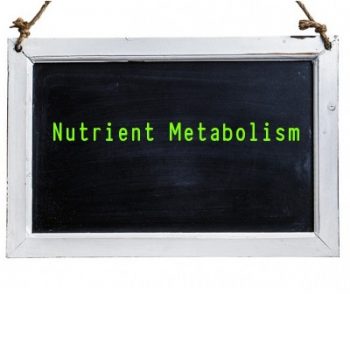Some people fast their dogs for a day or more on a regular (often, it’s one day per week) basis. Here’s the skinny as regards nutrient metabolism while fasting:
Metabolic demands are ongoing and must be met despite that the flow of absorbed nutrients slows down between meals. This is a basic issue of supply and demand and the ebb and flow is based on the feeding interval imposed on a dog. During the intervals between meals, the dog must remobilize stored reserves in an efficient manner.
If fed frequently, the interval may be short and nutrients would be supplied to the tissues in a relatively constant fashion. A prolonged fasting period of one day or more generates a need for stores of the body to be in sufficient supply and controlled and efficient release of these stores. This is a job for hormonal gatekeepers and the liver. The insulin level will reduce glucose uptake by muscles and adipose tissue as glucose supply diminishes from the diet during a fasting period. This conserves it for use by the brain for which glucose is the essential source of energy. The brain does not require insulin to stimulate glucose uptake. Since it’s essential that glucose supply be appropriately maintained, this is stimulated by the pancreatic hormone glycogen on the liver. Glycogen produced in response to the falling blood glucose causes the liver glycogen stores to be broken down rapidly. This is a first response and causes the liver to release glucose immediately.
Muscle glycogen stores are unable to release their glucose to the blood so until now, we have relied on the liver stores to help a fasting dog. Glycogen normally present in the liver after a carbohydrate rich meal is usually enough to cover the shortfall of glucose for about fifteen hours of fasting. If the animal is fasted for a longer period of time, the exhaustion of glycogen stores would lead to a crisis because the brain would be deprived of it’s energy source. Don’t worry. The liver miracle network is about to jump in.
Glucogenesis (the making of glucose from non-carbohydrate, such as carbon skeletons and amino acids), stimulated by the liver, will provide glucose by the hormonal action of glucagons. If starvation is prolonged, the kidneys can supply glucose in increasingly significant amounts.
The main source of precursors for glucogenesis are amino acids released from the protein of skeletal muscle. The liver can degrade most amino acids, providing carbon skeletons for the manufacture of glucose. The wasting away of skeletal muscle occurring in prolonged starvation provides the essential glucose for the brain.

